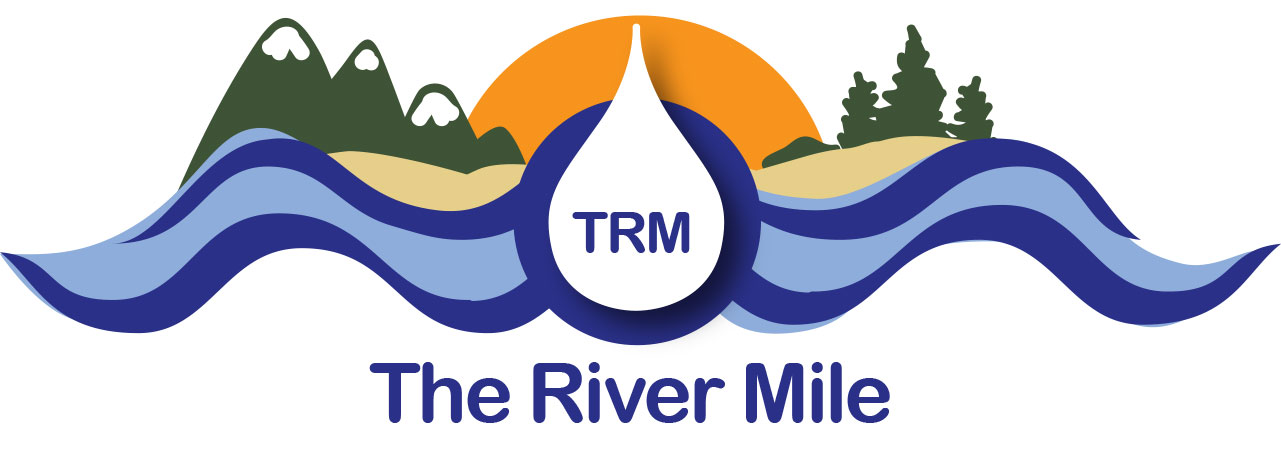Crayfish Study Advanced Options
Study Participation Choices
In general, there are many ways to participate in the crayfish study. Below are some examples.
- Collect species identifications, several crayfish observed of each species; and latitude and longitude of locations observed. Catch and release using any legal method;
- Collect species identifications, a number of crayfish observed of each species, latitude and longitude of locations observed; PLUS collect core parameter information including weather, water quality (depth, temperature, pH, conductivity) and shoreline bank information. Use traps or nets for any legal length of time.
- Collect species identifications, a number of crayfish observed of each species, latitude and longitude of locations observed; PLUS collect core parameter information including weather, water quality (depth, temperature, pH, conductivity) and shoreline bank information. Use traps set for a 24-hour period (allows for calculations of population density).
- Collect species identifications, a number of crayfish observed of each species, latitude and longitude of locations observed; PLUS collect core parameter information including weather, water quality (depth, temperature, pH, conductivity) and shoreline bank information; PLUS Dissolved Oxygen water test. Use traps set for 24 hour period (allows for calculations of population density).
All levels of participation are contributing very important scientific data. Scientists need to know what species are out there and where.
Data Submission
The Crayfish Study Long Form has more options for data collection and submission. The Crayfish Study Long Form asks for additional information such as substrate of the water body, size and weight of crayfish, and water chemistry. If you are participating in the Master Water Stewards program you should use the Crayfish Study Long Form.
Paper Forms
- Crayfish Study Long Form 2021 (Excel)
- Crayfish Study Long Form 2021_legal (Word)
- Crayfish Study Long Form 2021_legal (PDF)
- Crayfish Study Long Form 2021_letter_(Word)
- Crayfish Study Long Form 2021_letter (PDF)
If you wish to utilize paper forms, Once completed you can submit your file here »
Other Ideas
- Join a specific project collecting predetermined data.
- Idah2O Master Water Stewards Program
- Idaho Water Research Resources Institute’s Metals Study


